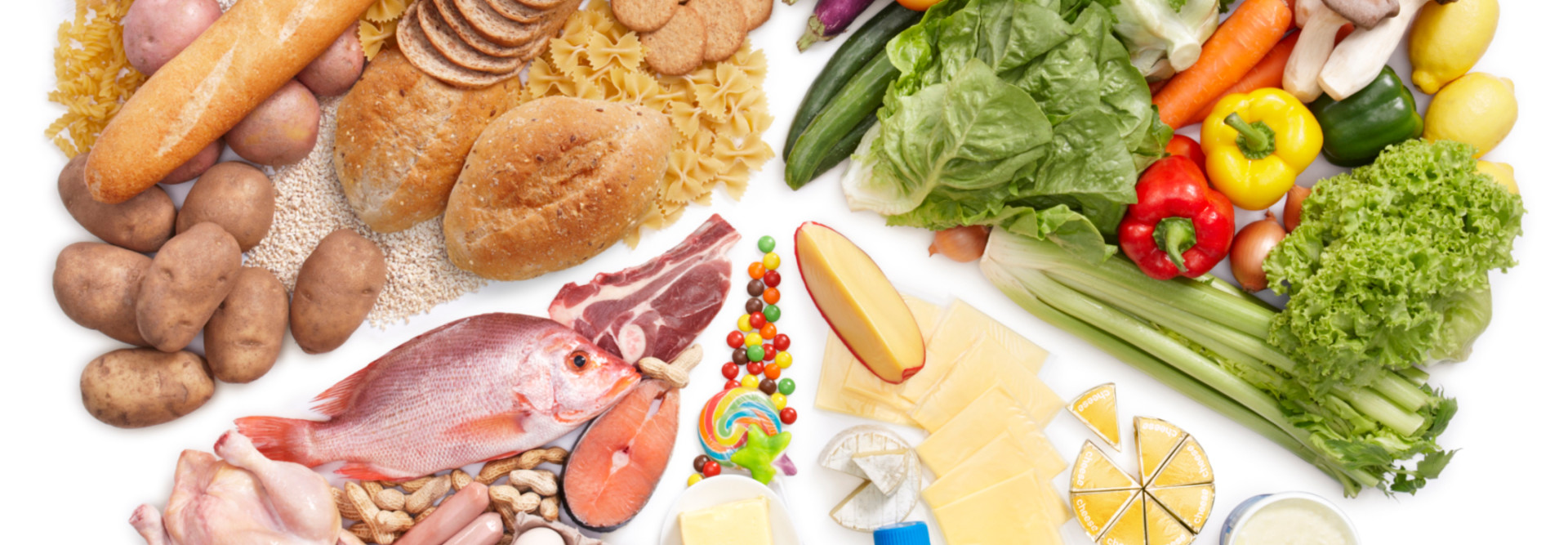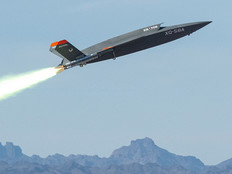Agriculture Department Could Offer Big Data–Based Nutrition Advice
People may wonder how Big Data could change the world; as it turns out, Big Data could play a role in helping to feed more people efficiently.
The Department of Agriculture is seeking a data-driven tool to provide better nutritional assistance to low-income individuals and families, reports Nextgov.
The USDA’s long-running Supplemental Nutrition Assistance Program (SNAP) relies on its state-level partners to understand and assess the needs and the usage patterns of people participating in the program. Currently, a national database for all of this data doesn’t exist, and not all states have created data-sharing agreements for SNAP caseload information, according to Nextgov.
The information about the USDA’s possible Big Data play with SNAP comes from a sources sought document that presents the opportunities and the challenges associated with creating such a database.
The document outlines the agency’s objectives as follows:
The objectives of this feasibility study are to understand the technological, policy, and cost requirements of creating a system that could capture and store State SNAP caseload data; identify barriers to State cooperation and ways to overcome those barriers; identify potential risks associated with data quality, cost, privacy, confidentiality and potential abuses; and provide options for delivering all data and a representative sample from each State Agency.
If this ends up becoming a reality, it won’t be the first time that agriculture and Big Data have crossed paths.
Farmers are also looking at the future by eyeing opportunities for analytics and intelligence. In a post on the VMware blog, Mike Stolz, global field architect for the vFabric division of VMware, outlined how Big Data could change the farming industry:
Next generation farm equipment like combines and tillers are going to be able to take soil samples as they move along, perform analysis on those samples, and feed the results of the analysis back to the manufacturer for crunching on a macro scale. This will result in a better understanding of what is happening in that entire area and make it possible to adjust things like the amount or types of fertilizer and chemicals that should be applied.
As the field of Big Data matures, we can expect to see more creative and innovative applications like this in the future.









